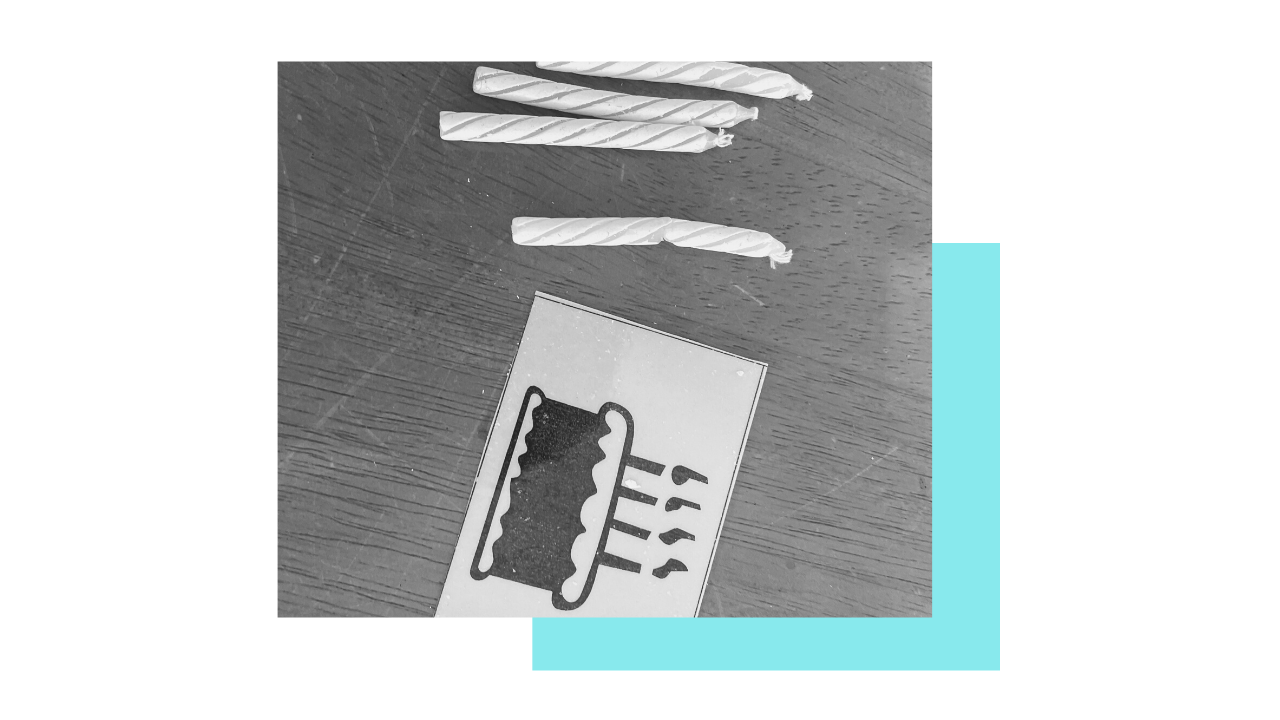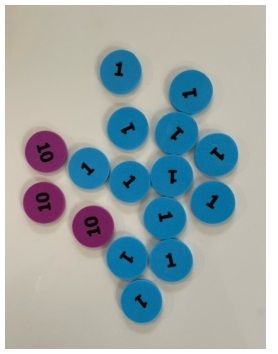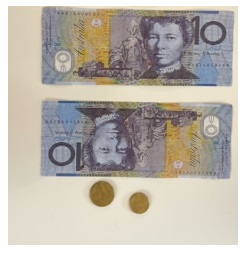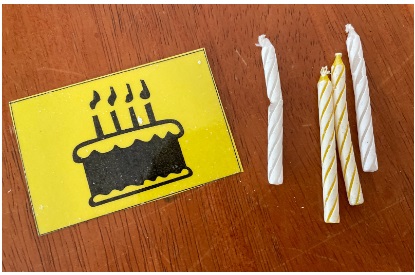My teaching fail - PV manipulatives Part 2
Nov 03, 2022
In 1990 Arthur Baroody (1990) wrote an excellent article titled “How and when should place value concepts and skills be taught?”. In this research Arthur presents four increasingly abstract models of place value.
1.Grouping ten ones into a ten
2 Trading in Ten ones for a pre-grouped ten
3 Trading in ten ones for a different looking ten marker
4 Trading in ten ones for an identical marker that represents ten by virtue of its position
Baroody (1990)

In part 1 of this blog series, I explored the first two categories mentioned below. This week I will unpack number 3 and 4.
Trading in ten ones for a different looking ten marker
At this point it is worth exploring the difference between proportional and non-proportional place value models. An example of a proportional model is Base 10 blocks. The value of each block is proportional to its value. So 1 ten has 10 ones, 1 hundred has 100 ones, 1 thousand has 1000 ones. If you are interested in the work I have done around the 600 block misconception, related to the thousands block, click here. Proportional models are fantastic for working with numbers up to around 3000. Beyond that, you either don’t have enough thousands blocks for all the students in your class, or you don’t have enough room in your classroom for students to model these large numbers. This is where non-proportional numbers come in handy. A non-proportional model doesn't show the actual number of items, in a way it infers the quantity. An example of this would be place value disks where an arbitrary color is chosen for the different values. So ones disk might be blue the tens disk might be purple, the hundreds 100s disk is blue etc.

For many children, this idea is confusing as they are all exactly the same sized disk, it is just the colour that indicates a difference in value. Young children rely very heavily on their visual perception skills. It is quite an abstract idea that just because something is a different colour it is a different value. It is like saying that the Smarties in a packet are different because of their colour! Again, I am NOT saying avoid these (I actually encourage their use), I am simply saying we need to be aware of the possible issues our students may have.
Non-proportional models become imperative as we try to model large numbers, so just make sure you explore these with students, after they have developed a solid understanding of proportional models.
Non-proportional models are a perfect example what Baroody is referring to in category 3 of his work. The ten marker is different to the ones, by colour, size or other. The perfect example of this is money. Many teachers consider money a great model for place value. And in many ways it is…but money is an abstract concept (check out my blog here for more info around this). Ten one dollar coins is equivalent to 1 ten dollar note. That is a completely different ten marker. So money is not a model I would use for place value until students have worked with category 1 and 2 manipulatives.

At this point I want to share with you a great example of where I saw this confusion in action. When I was a graduate I made a place value game for my Year ½ students. We had been bundling icy pole sticks and I thought I would make a cute game for them to play. It was called candles and cakes. The idea was they rolled a dice, counted out that number of candles, then when they reached ten candles could exchange it for a cake.
Can you see in this picture my two mistakes?

Looking back it is very clear to me why that activity was a flop, at the time I had no idea why- the beauty of hindsight!
If you thought, the clipart image I used was confusing, you were correct! I should have used an image of a cake without any candles. That definitely confused the poor students.
The second error was I jumped too quickly to using a manipulative which included a completely different looking ten marker. This was a really bIg step up cognitively from bundling sticks, where students were grouping themselves, I completely skipped pre-grouping tens and jumped to category 3!
I do apologise to those students who took part in this lesson!
But the moral of the story is… when we know better, we do better, so I share this as a learning opportunity for you to avoid making the same mistakes with your class!
Trading in ten ones for an identical marker that represents ten by virtue of its position
Now this sounds complicated, but essentially it refers to a place value chart. On a PV chart, we often move counters to indicate quantities. When those counters are located in the 10s column they represent tens, but if we move them into the hundreds column the identical counter’s value changes and it represents a hundred. Super confusing!
When you think about this idea… it is the basis of our the place value system. When the digit ‘3’ is sitting in the tens column it represents 3 tens or 30, when that same marker (the digit ‘3’) is in the hundred column it represents 3 hundreds or 300. When I first read about this, it was a lightbulb moment, I suddenly realised why place value is so incredibly complicated and abstract for students. Have you ever had a student say, ‘but 3 is 3, how can it be 3 tens?’...this is a classic indication they are focusing on the face value of the digit rather than understanding how this links with its location- or place value.
I hope these two blogs have provided you with some ‘food for thought’. It is certainly not as simple as just applying the CRA (Concrete, Representational, Abstract) Instructional sequence in place value. You first must understand and appreciate the complexities each manipulative brings.
Want to learn more from Dr Ange Rogers? Click here to find out about her 'Quality Place Value Assessment in Years 3-6 Mini Course'



